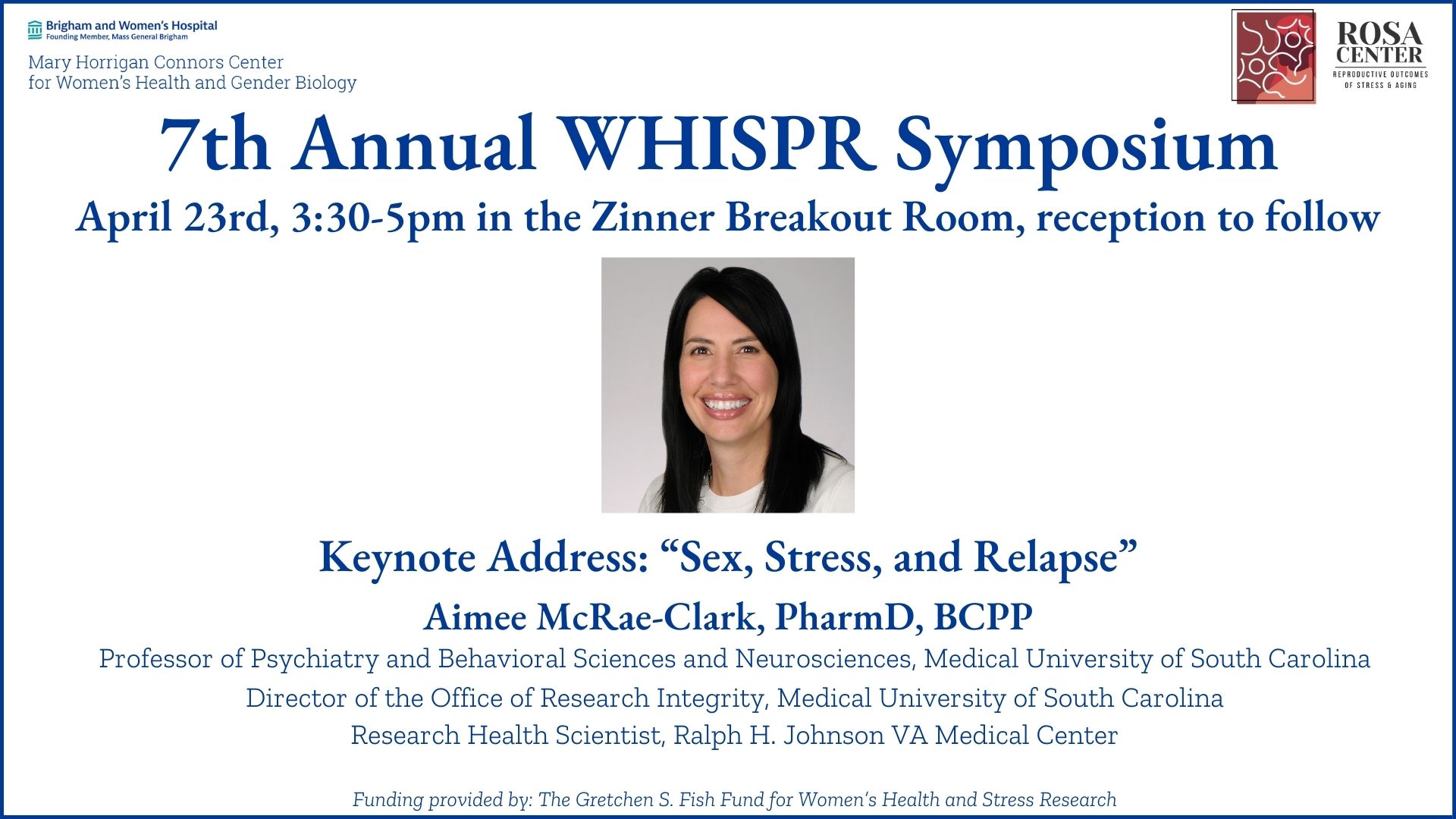Dear Connors Center Colleagues and Friends, As many of you have likely heard, our dear…

First.In.Women® Fellow Published in American Heart Association Journal, Circulation
A study led by First.In.Women® Fellow Xiaowen “Wendy” Wang, MD was published in Circulation for work concerning “Sex Differences in Characteristics, Outcomes and Treatment Response with Dapagliflozin across the Range of Ejection Fraction in Patients with Heart Failure: Insights from DAPA-HF and DELIVER”. The cross-disciplinary, international team found that benefits were similar for men and women treated with dapagliflozin for heart failure. Read the article here.
Dr. Wang’s work focuses on the development of new pharmacologic therapies as well as healthcare delivery disparities. Through her fellowship, she is investigating sex differences in heart failure, specifically heart failure with preserved ejection fraction (HFpEF), which is more common in women and is often related to other cardiac and metabolic disorders. Unlike other heart failures which have well-established guidelines for treatment, HFpEF does not have effective therapies. An example of this is biomarkers for heart diseases differ between men and women, indicating that there are different pathophysiologic pathways in women versus men. Ultimately, her work will be translated into treatment for women with heart disease.
The First.In.Women Fellowship is a 2-year program that supports early-stage investigators who wish to focus their careers on sex differences and women’s health, with an emphasis on cardiovascular and/or vascular surgery. This fellowship will equip investigators with critical tools to become leading researchers in the field through a mentored research project. The FiW Fellows participate in robust educational and career development programming which will enable them to develop an understanding of women’s health and how to incorporate sex as a biologic variable (SABV) when planning, analyzing, and reporting data. Learn more here.
The First.In.Women Fellowship is sponsored by the Scott Schoen and Nancy Adams Research Fund in Women’s Vascular Disease.




